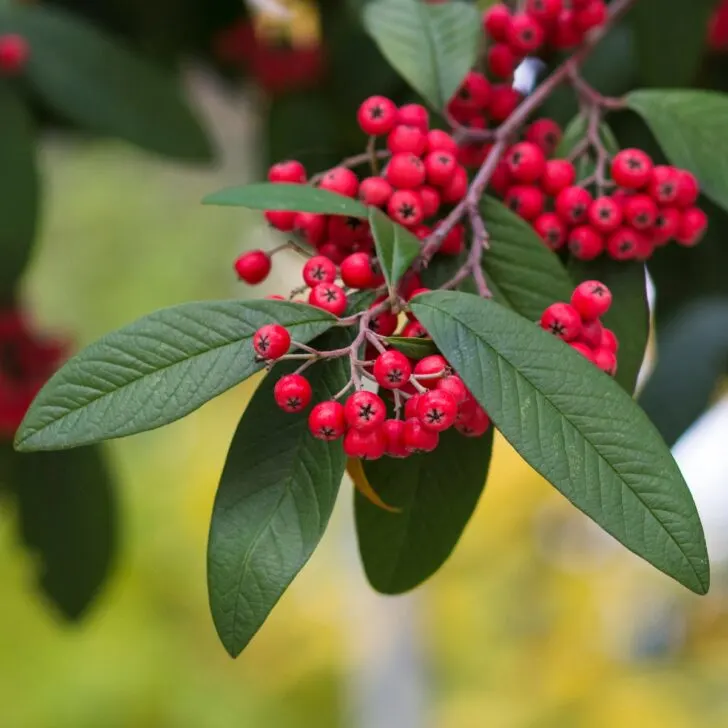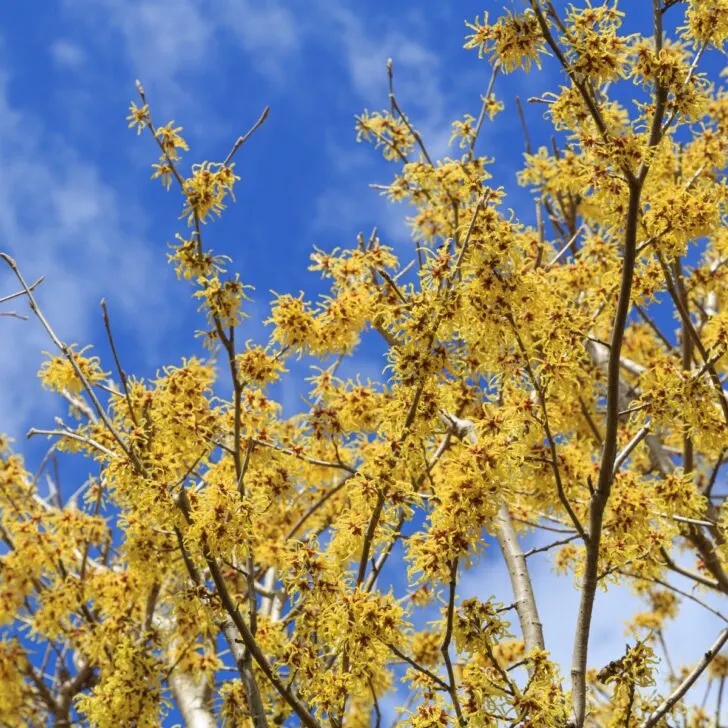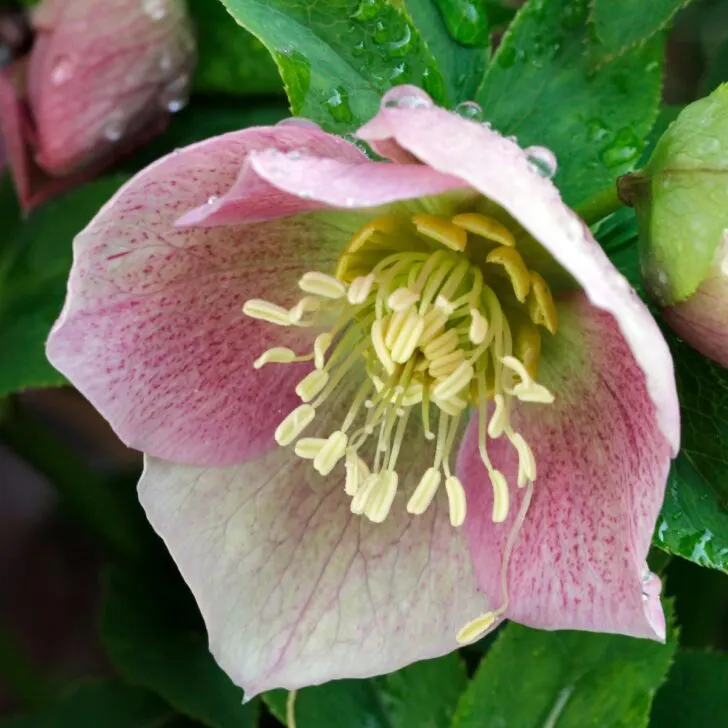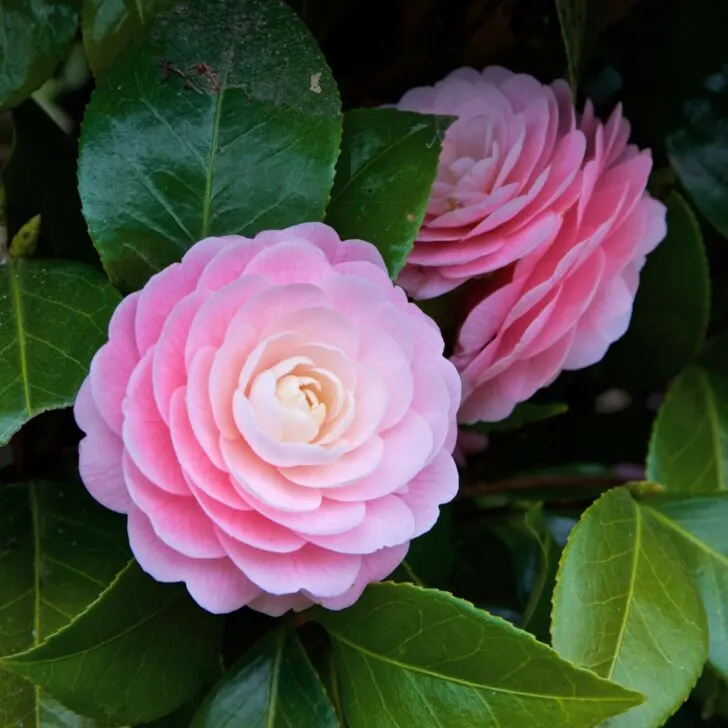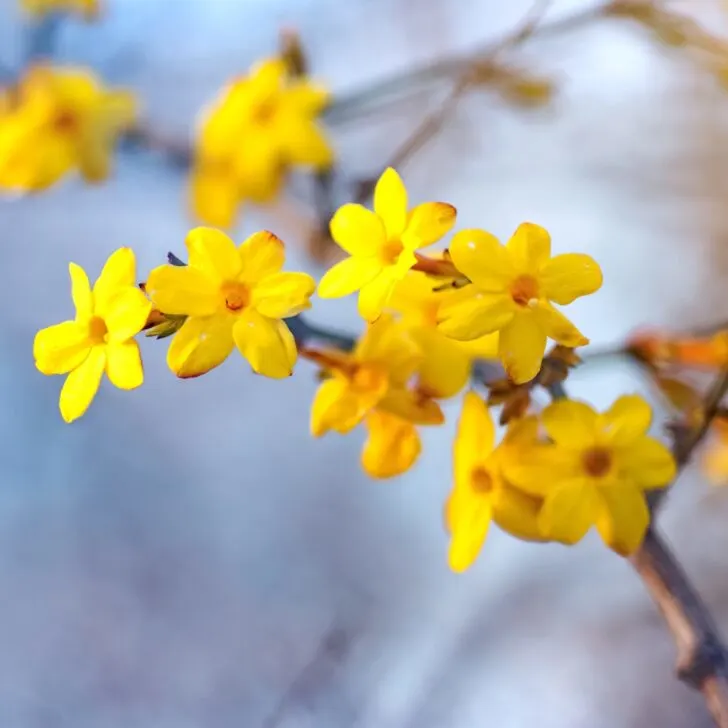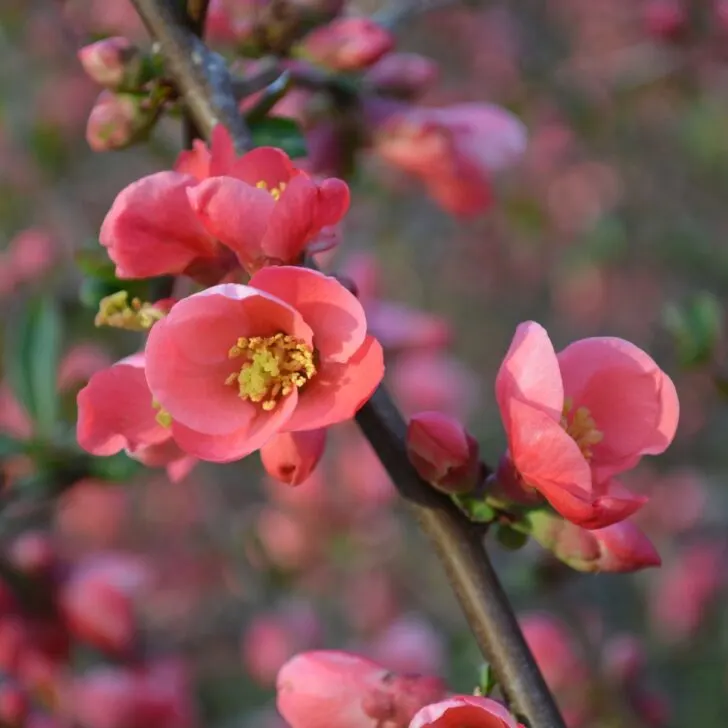Himalayan sweetbox is an evergreen, shade-loving shrub or groundcover that produces small winter-blooming flowers with an aromatic fragrance.

Himalayan Sweet Box, also known as Sarcococca, is an evergreen shrub prized for its glossy, leathery foliage and small, fragrant flowers that bloom in late winter, followed by black or red berries.
It thrives in dappled or deep shade, where it stays fairly short at around two feet tall. It is moderately drought-tolerant and low maintenance, although a bit of fertilizer each year can keep the leaves dark green and shiny and promote lots of sweet-smelling flowers.
Himalayan Sweetbox at a glance
| Scientific Name | Sarcococca |
| Plant Type | Evergreen Shrub |
| Hardiness | Cold hardy down to -10°F (Zone 6) |
| Light Requirements | Prefers full to partial shade |
| Soil Type | Fertile, slightly acidic, well-draining soil |
| Flowering | Small, fragrant white flowers in late winter |
| Height | Typically up to 2 feet, some varieties may get taller |
| Spread | Slowly grows from rhizomes, individual plants can spread 2-3 feet in diameter |
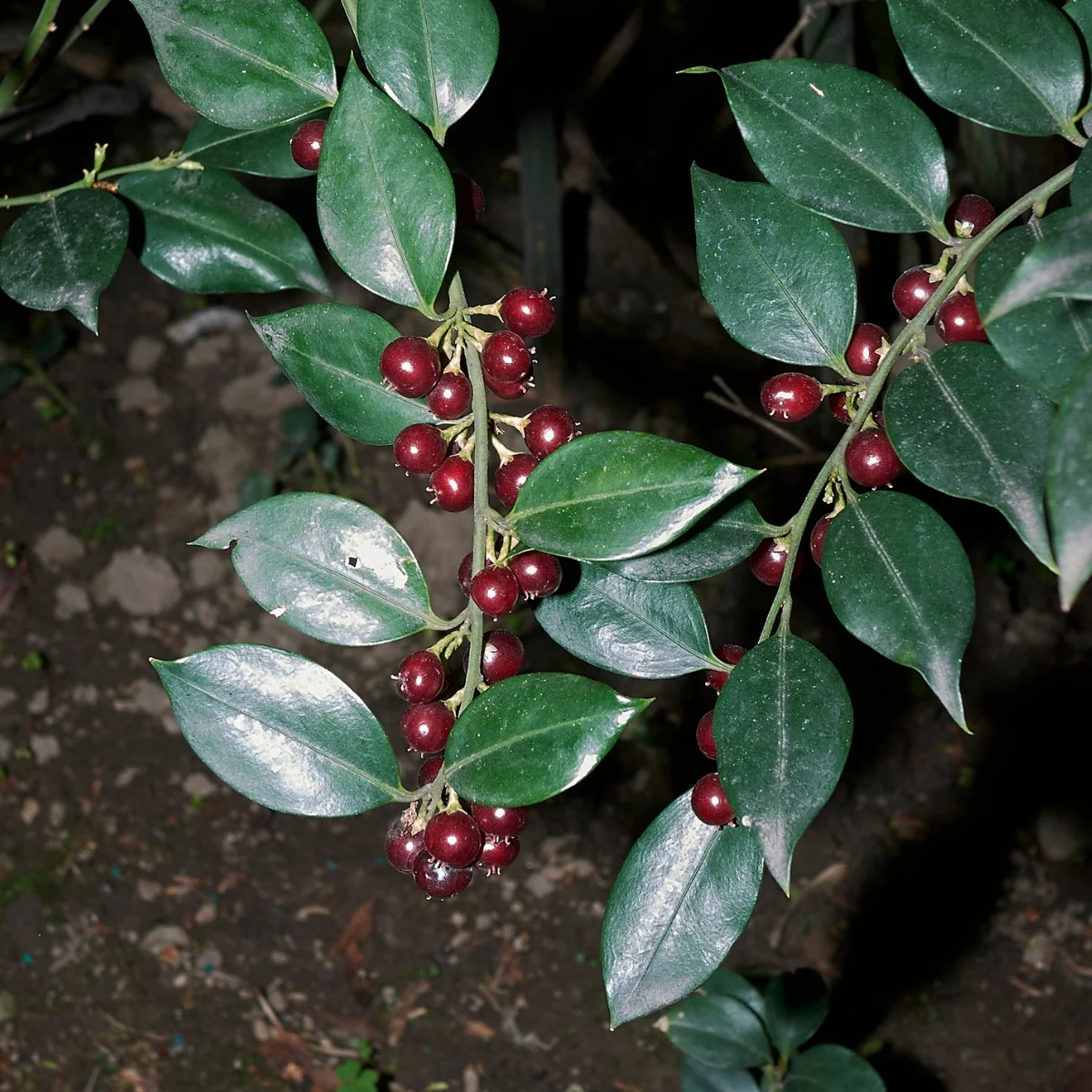
This post contains affiliate links for your convenience. Purchases made through these links may earn me a small commission at no additional cost to you.
Where to Plant Sweetbox
Himalayan sweetbox is highly adaptable, thriving both in deep shade and areas that receive just a few hours of sun. Too much sun exposure is likely to result in yellowing leaves. I planted a few around my north-facing front porch to soften the concrete corners.

This space doesn't get much sun, especially in winter, and I wanted something that would stay green all year. Be sure to plant this shrub where you can enjoy its fragrance in late winter!
Sweetbox plants do not like cold, strong wind or waterlogged soil, so choose a site with good drainage and wind protection. However, this evergreen is cold hardy, withstanding temperatures down to -10°F.
Himalayan sweetbox prefers fertile, slightly acidic soil that drains quickly. If the soil is not acidic enough, the leaves are likely to be a light green color.
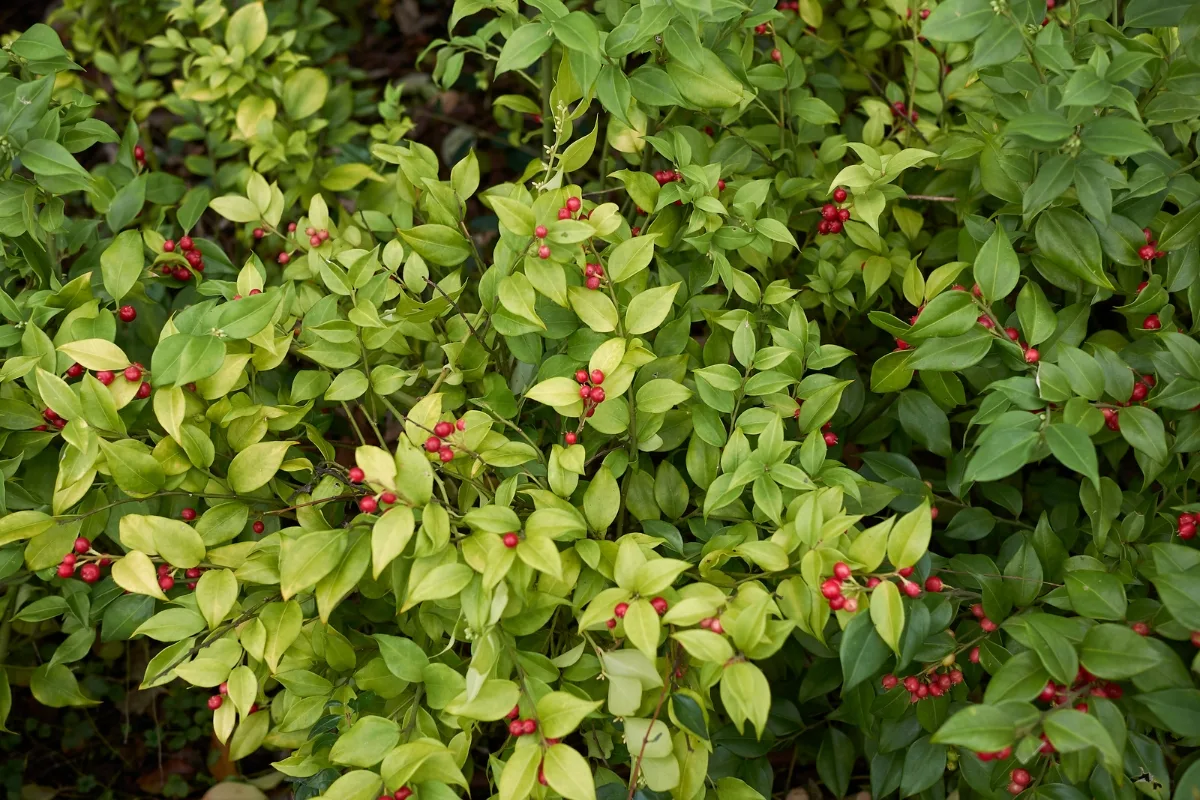
Caring for Himalayan Sweetbox
While the Himalayan Sweet Box is known for its hardiness, here are some challenges you might encounter while growing this robust evergreen shrub.
Pests and Diseases
Himalayan Sweet Box is not a major magnet for pests. Occasionally, you might notice signs of aphids, mealybugs, or scale insects. These tiny pests suck the sap from the plant, leading to discolored or distorted leaves.

Most of these infestations can be managed by spraying the plant with a gentle soap-water solution or using an organic insecticidal soap.
Excessive moisture or poor air circulation can make your plant susceptible to fungal diseases such as root rot or leaf spot. To prevent these, make sure your plant is in well-draining soil and avoid overcrowding your plants. Remove and dispose of any infected parts promptly to prevent the disease from spreading.
Watering
Sweetbox plants require occasional watering during dry spells or in particularly hot weather, especially if you notice the leaves turning yellow. However, keep in mind that it's natural for some varieties to have leaves that change color in the fall.
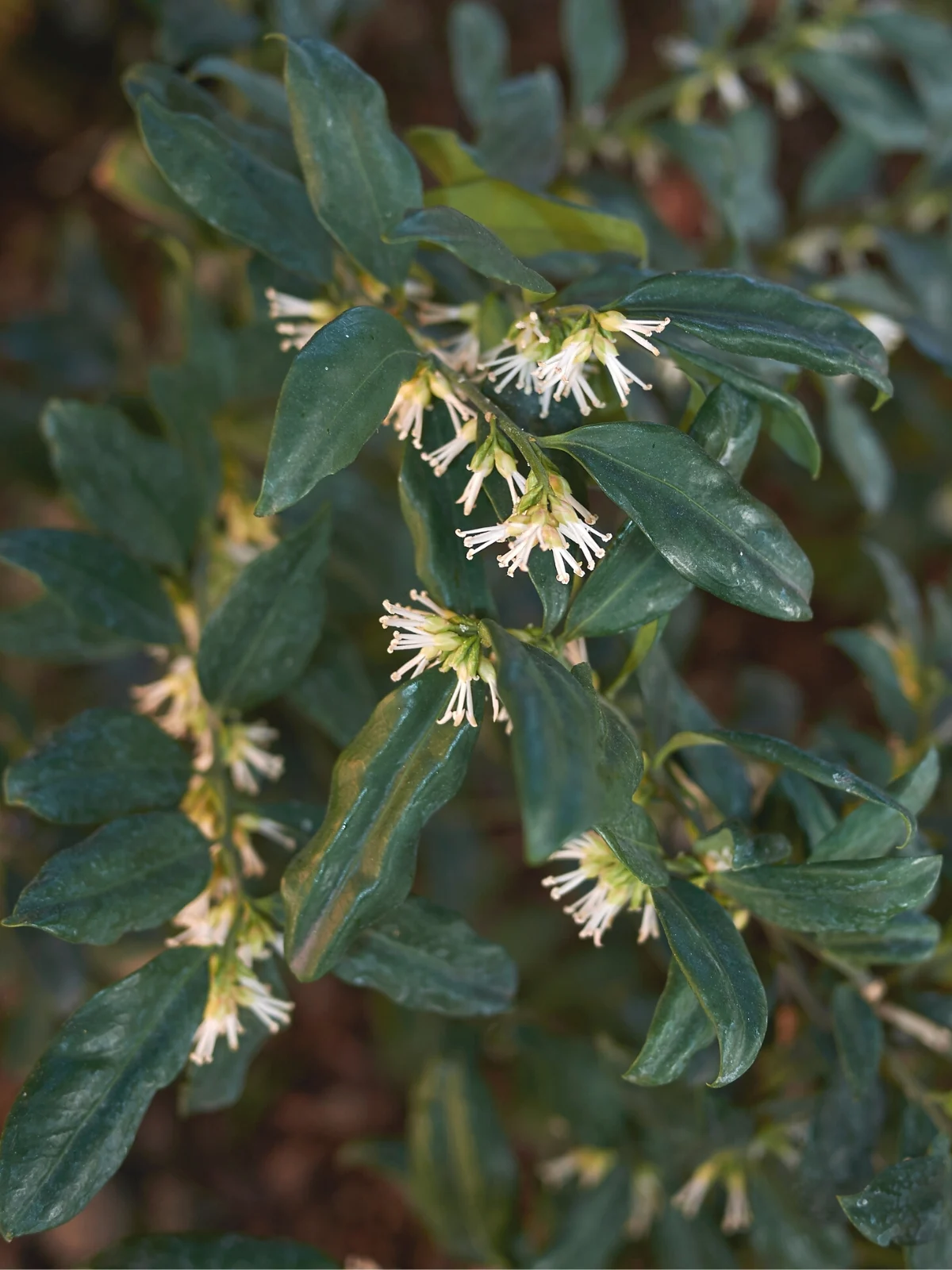
Fertilizing
The best time to fertilize Himalayan Sweetbox is in spring using a fertilizer designed for shrubs like boxwood. I give mine a handful of Plant-tone in early spring along with all my other perennial plants. Fertilizing can help keep leaves dark green and glossy, and promotes the growth of those fragrant flowers.
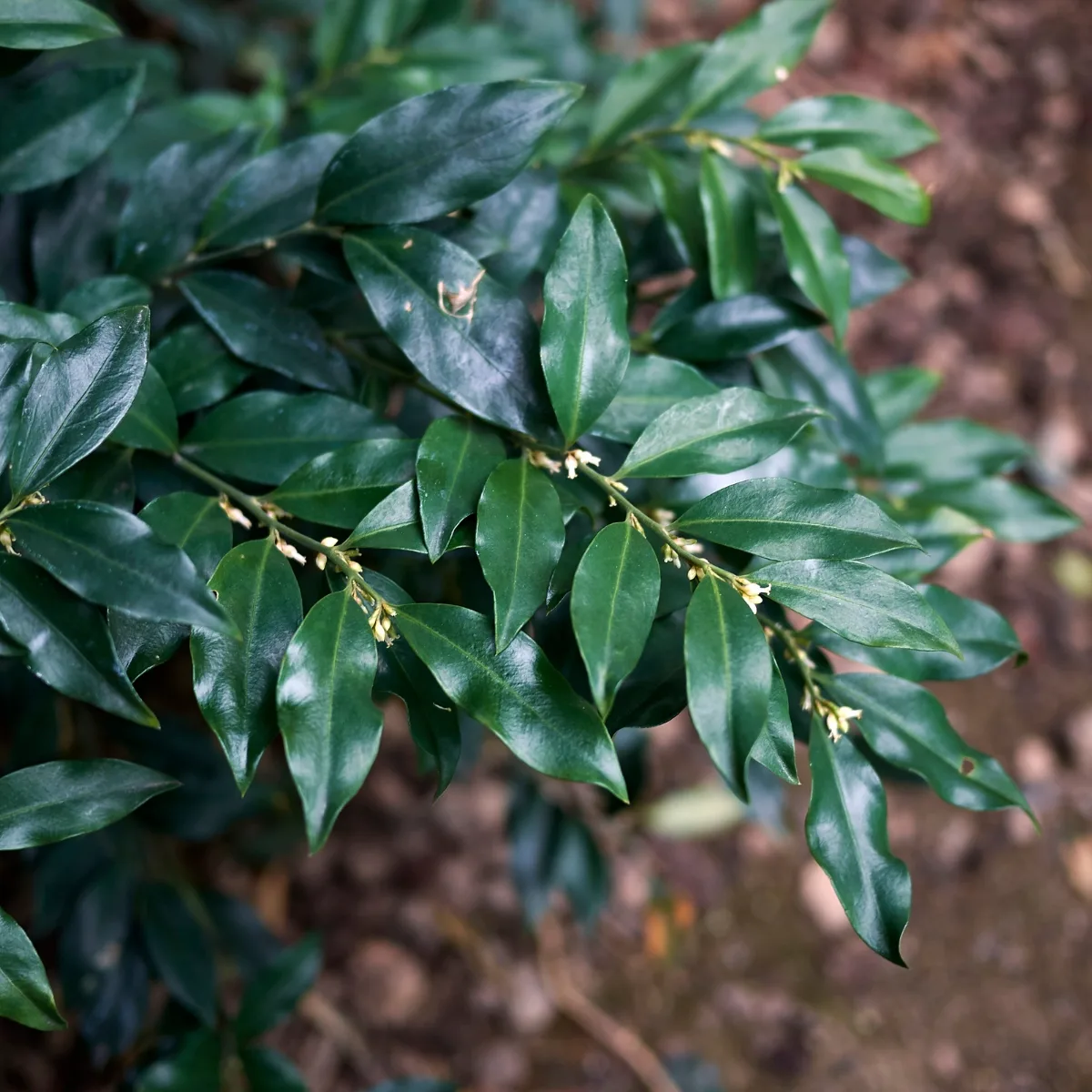
Himalayan Sweet Box is the perfect balance of ornamental beauty and easy-going temperament, making it a fantastic addition to your garden.

